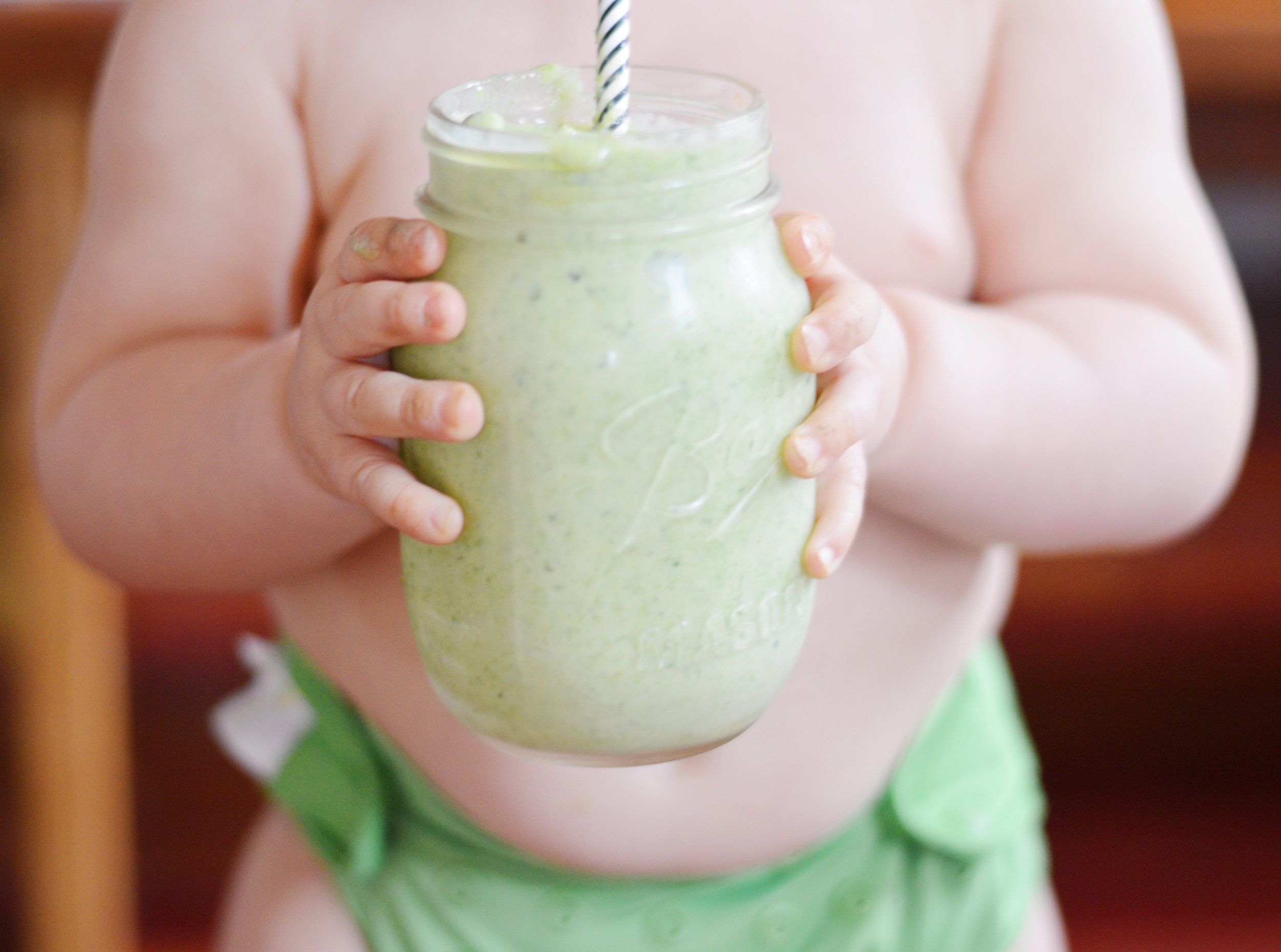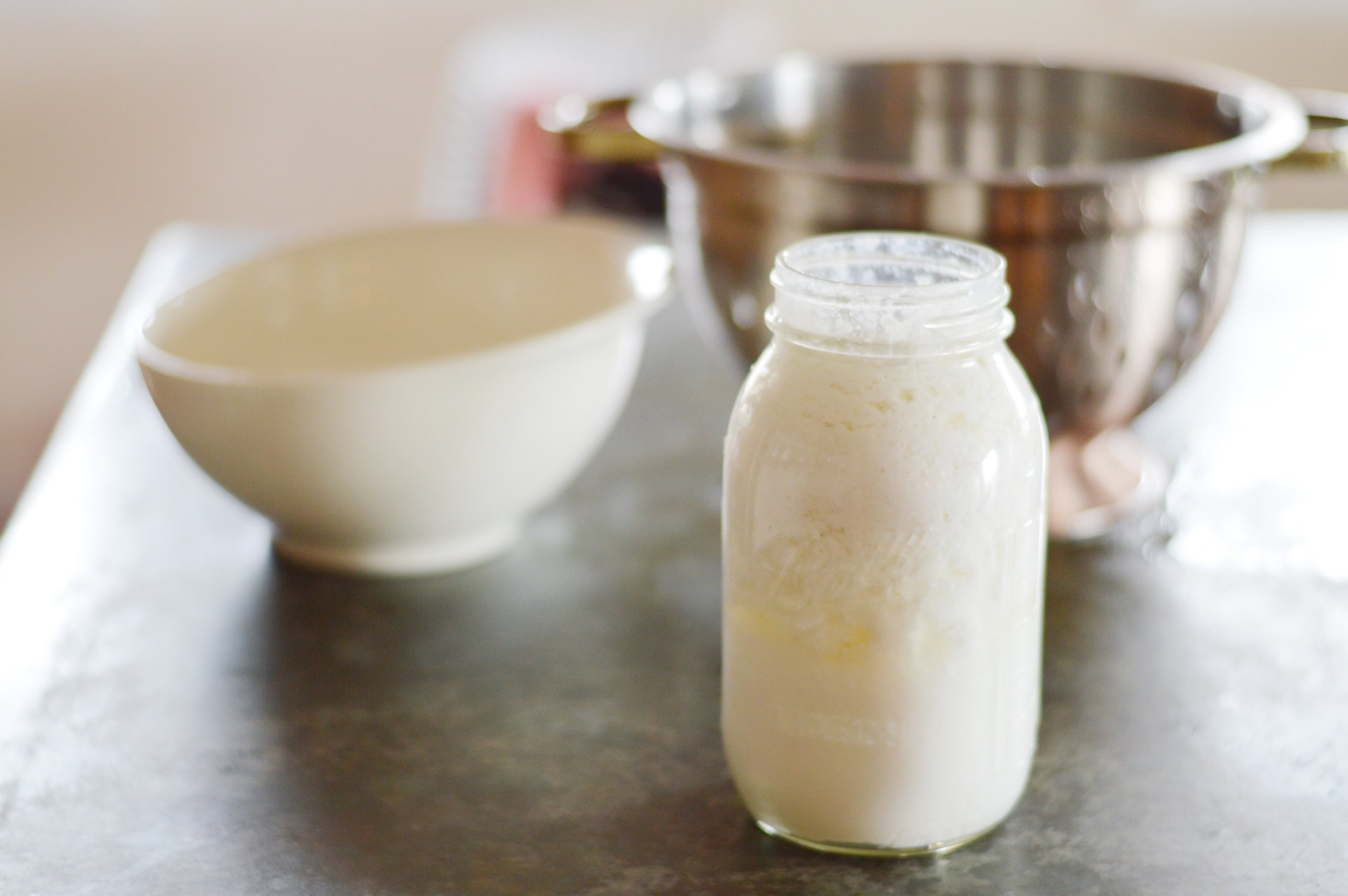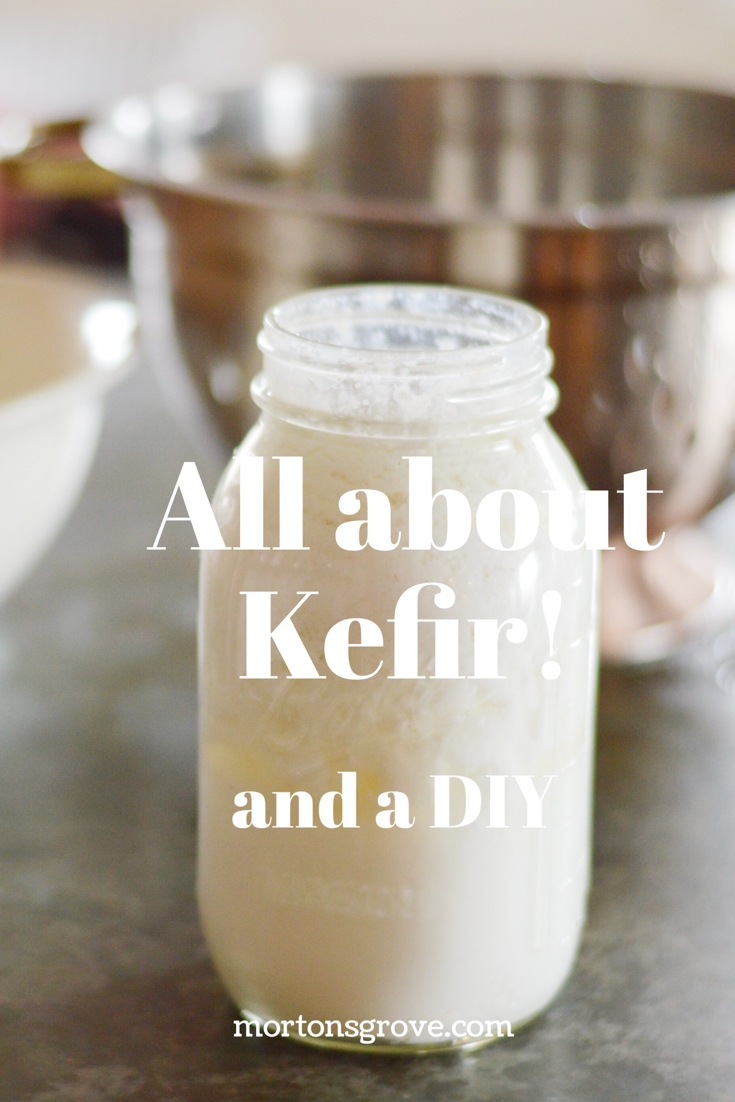Why probiotics are important for breastfeeding mamas + all about kefir!
If you follow my IG stories lately you know I’ve been using the heck out of kefir pretty much anywhere I can weasel it in. So wondering why the sudden obsession with this weird fermented beverage?
I've known kefir was a thing for a long while and have occasionally bought it from the store, but I wouldn't call myself fascinated by the stuff until recently. After reading a few books on breastfeeding nutrition (like one of my faves - Mother Food) I just had to know more about how and WHY what we eat affects milk production.
Breast Milk + Probiotics
I was initially interested in the science behind foods that play a role in increasing or decreasing milk production (still interested - more on this in the future) but I quickly became caught up in the diet’s role in the quality of breast milk. Breast milk quality is very much affected (and in many different ways) by what we eat, but one thing that came up over and over in the research is the importance of a vibrant digestive microbiome in the breastfeeding mom. A healthy gut isn't just a common theme in breastfeeding nutrition, it's pretty much tied to all aspects of health and immunity, and its important role really kicks into gear as soon as babe leaves the womb.
Before babies are born, their intestinal microbiome is relatively bare (there is growing research on fetal microbiome development before birth that suggests the presence of healthy bacteria in amniotic fluid, but not specifically colonized in the gut). During and right after delivery, the gut becomes very quickly populated by the bacteria babes ingest while passing through the birth canal + vagina, when laid skin to skin, and through breastfeeding.
The exposure to bacteria that babies encounter when passing through the birth canal and vagina is so important that there is a body of evidence developing to support swabbing vaginal cells from the mother and applying to the nose, mouth, and skin of babes born via c-section. This practice is still being studied with the end goal being a probiotic supplement given to c-section babies right after birth that mimics the bacteria present in the birth canal (to avoid potential contamination from the swabbing process).
Might sound a little weird, but it goes to show just how important these bacteria are. There are a few other ways the gut is jump-started after birth: skin to skin contact (introduces new bacteria from mom's skin cells), colostrum and breast milk (provide bacteria and probiotic/prebiotic sugars that populate the gut, nurture the bacteria/yeast/fungi that is already there, and prevent unwanted bacteria from developing), and environmental bacteria/yeast/fungi from the air. Breast milk not only strengthens the colonization and maturation of the bacteria already present in the gut, it also brings its own special variety of bacteria to the table.
GOD breast milk is amazing. And it comes from us soooo we are pretty amazing too.
But can what we eat make breast milk even more chock full of good stuff?? In many ways YES. One of the ways we can help our bods out in their milk producing quest is by making sure our own gut is flourishing during pregnancy and after (man I just love the visual of a flourishing gut). The origin of the beneficial bacteria found in breast milk is not 100% known but there is some evidence that it may come from the mother's own GI tract. Also, higher concentrations of healthy bacteria in mother’s milk has been linked to lower incidence of thrush, eczema, and allergies in baby. Some serious incentive to up our gut games.
So how do we do that? On to the Kefir.
Milk Kefir is a fermented dairy product that is made by combining milk (typically cow or other mammalian milk) with millions of strands of live bacteria that come in a neat little package called kefir grains (a type of SCOBY - symbiotic culture of bacteria and yeast). The bacteria in the grains feed on the lactose in the milk, breaking it down into lactic acid. The result is a tangy, sometimes fizzy drinkable yogurt that is an incredibly rich source of probiotics. These grains can also be used to ferment other liquids, including non-dairy milks and even water + sugar (!), into a probiotic beverage similar to kombucha.
There are a lot of ways you can get probiotics from food, but kefir stands out to me as one of the easiest and most affordable ways to get a wide variety of strands (literally trillions of colony forming units - CFUs - are estimated to be found in homemade kefir...TRILLIONS!). I've always been more of a "real food over supplements" gal, mainly because food offers those benefits we're looking for (in this case, probiotics) along side many other vitamins and minerals.
Kefir vs probiotic supplement
With homemade kefir, the food option may be superior to the supplement in terms of amount and consistency of CFUs (not to mention kefir is WAY less expensive than good quality probiotic supplements). Another downfall of supplemental probiotics is the inconsistency in evidence of colonization in the gut. For every study that shows colonization, it seems there is another that shows the opposite. Even if the actual good bacteria in kefir and other home ferments isn’t colonizing in the gut where we want it to, these options provide beneficial enzymes and nutrients that you wouldn’t find in a probiotic supplement.
Other great probiotic food sources: dairy or non dairy yogurt, kombucha, miso, natto, raw apple cider vinegar, tempeh, and traditionally fermented vegetables like sauerkraut and kimchi. Sauerkraut may be one of my next projects because I have had little luck finding it in local stores for less than $10 per tiny cup.
Make Your Own
KefirCouture graciously provided me with the grains used in this post.
Kefir grains can be purchased freeze dried or “traditional” meaning you get gelatinous balls of bacteria mailed to you in a little plastic cup of milk (pictured above). I was graciously given some grains by Kefir Couture. At first, buying bacteria on Etsy seemed kind of like an odd thing to do, but as far as I know you either have to buy your grains on the internet or know someone who makes kefir and have them share some with you. According to Jade at KefirCouture, their grains can be used to culture both plant and dairy milk (and even water!), but the bacteria prefer dairy and may need to be “fed” dairy milk from time to time even if you plan on culturing plant milk.
KefirCouture guides you step by step through the fermentation process on their blog, so I won't reinvent the wheel here, but I will share a few thoughts I’ve had along the way.
1. You may feel weird about the process...is it taking too long? Nothing is happening? Now it all of a sudden looks gross? Is it working? It just takes a little while to become comfortable with it.
2. It doesn’t taste great on its own (in my opinion - many people love it plain) but is delicious blended in smoothies or mixed with orange juice - the kids favorite way to have it.
3. The whole process is a super cool science experiment that Ruthie (three years old) really enjoys being a part of.
4. Similar to home-brewed kombucha, there is frequent maintenance involved to keep the grains active. My grains are so productive now that I make a new batch every single day and the amount I received has more than doubled in size. You can take days/weeks off though! The grains are very resilient.
5. Is there alcohol in here? All fermented foods and drinks (including overripe fruit) contain a VERY small amount of alcohol. Homemade kefir is no exception, although the level is super low (less than .5%). The shorter the fermentation time, the lower the alcohol content. Some varieties of kefir available in stores (like Lifeway) have been formulated to contain 0% alcohol.
Head here to get some grains to get started ($14 for one tablespoon).
Get in touch with me if you try it out at home, I’d love to help!








